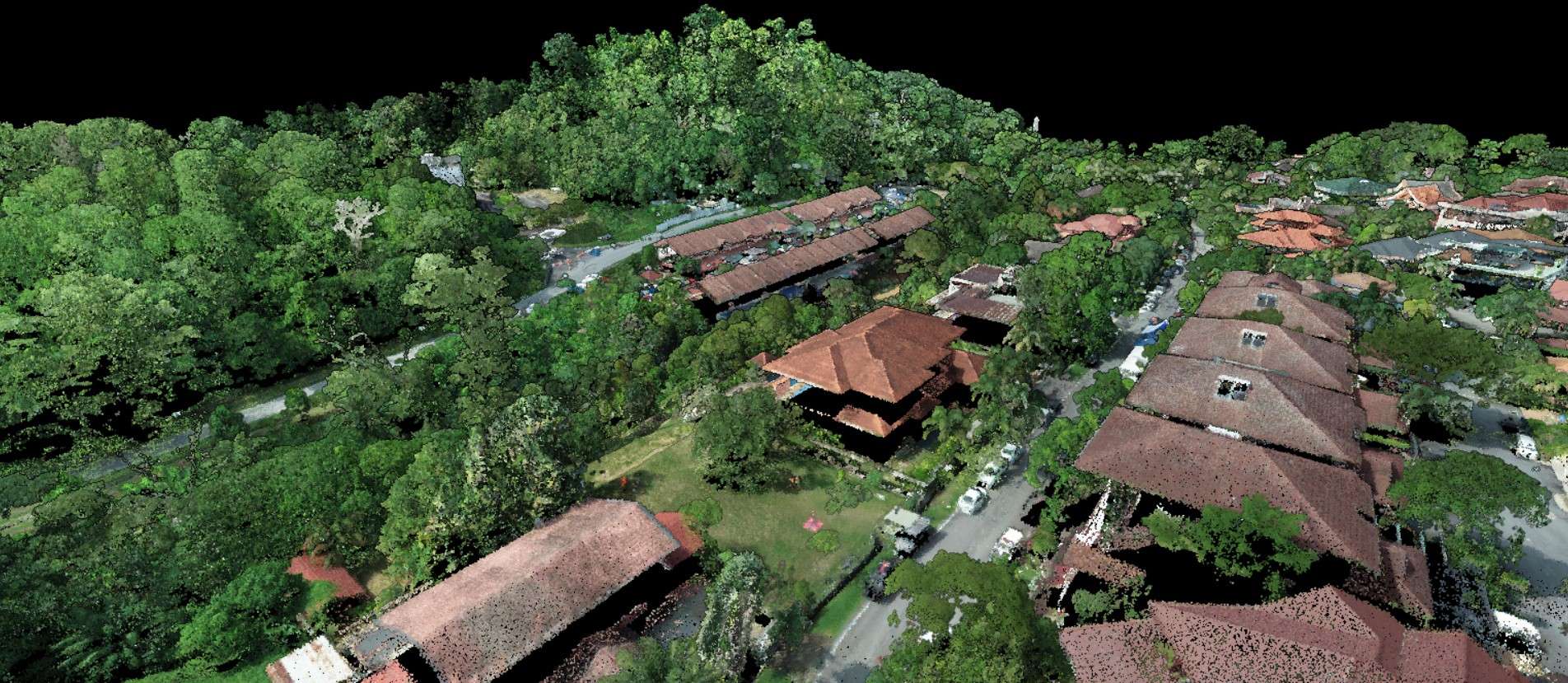GEOSPATIAL INTELLIGENCE TECHNOLOGY FOR Environmental Monitoring
Protecting Our Planet with Cutting-Edge Geospatial Technology
Background - Environmental Monitoring
Disadvantages of traditional methods in Environmental Monitoring
Cost more man hours
Manual Sampling
No real-time monitoring
Limited spatial coverage
Water Quality & Algae Monitoring
Data Produced: NDTI, NDVI, GNDVI, NDWI, RGB
Benefits
Wildfire Prevention
Data Produced: Thermal and RGB
Benefits
Coastal & Coral Monitoring
There are many things to consider to maintain a healthy coastal ecosystem such as tracking contaminants in the water and surveying the coastline.
Data Produced: NDTI, NDVI, GNDVI, NDWI, RGB & Aerosol indices.
Benefits
Utilising Geospatial Intelligence Technology
Mapping and Visualisation
Data collection and analysis
ENVIRONMENTAL MODELING AND PREDICTION
Monitoring and assessment
AECA Can Help You Obtain Meaningful Data With These Easy Steps
How Aeca adds value in Environmental Monitoring
Capture, Process and Analyse Data.”
Capture Data
VTOL Drones
Our Vertical Take Off and Landing (VTOL) drones are capable of covering large areas of up to 10 hectares within 1 hour of flight time.
This gives you as much coverage as an airplane without the extremely high costs, but for a longer duration per flight than a quadcopter, reducing number of flights required for a job.
High-Accuracy Sensors
Using powerful, high resolution cameras, we are able to capture sharper images, better that any consumer-grade cameras designed for cinematography.
Process Data
Just as importantly, AECA has the right hardware and software with the capability and capacity to translate raw data into actionable outputs.
The ability to capture data alone is not sufficient to obtain useful results.
Without powerful, high-speed processors with massive storage space, the data would just be that, data.
Analyse Data
A successful data acquisition or survey should be able to tell you what you should be doing next.
Picking which results to use for your intended purpose can be overwhelming.
AECA has the experience and expertise to help you analyse the results and determine the next courses of action to either save your business time and money, improve efficiency or increase profitability.
The best outcome would be where all of the above are achieved at once.
PAst Projects

Environmental Monitoring - River Monitoring
FAQs
Geospatial Intelligence Technology for Environmental Monitoring is the use of advanced geospatial technologies, such as satellite imagery, remote sensing, geographic information systems (GIS), and unmanned aerial vehicles (UAVs), to monitor and analyse environmental conditions.
It can provide accurate, real-time data on environmental conditions, enabling better decision-making and planning related to environmental management. This technology can also help to identify areas of concern, monitor changes over time, and support conservation efforts.
Geospatial Intelligence Technology for Environmental Monitoring can be used to collect and analyse a wide range of environmental data, including air quality, water quality, land use and land cover, vegetation health, and wildlife populations.
It is used in a variety of applications, including natural resource management, environmental impact assessment, disaster response, and climate change monitoring. This technology can also be used to monitor the effects of human activities on the environment, such as deforestation, urbanization, and mining.
Geospatial Intelligence Technology for Environmental Monitoring can be used to improve environmental management and conservation efforts by providing real-time data on environmental conditions, enabling better decision-making and planning, and supporting targeted conservation efforts. This technology can also help to identify areas of concern, monitor changes over time, and support efforts to address environmental challenges.
We Do it for you

(Engage our services)
Tell us about your data needs and sit back while we acquire them for you.
No investment of assets required.
Do it Yourself







